World Breastfeeding Week 2023
Posted on
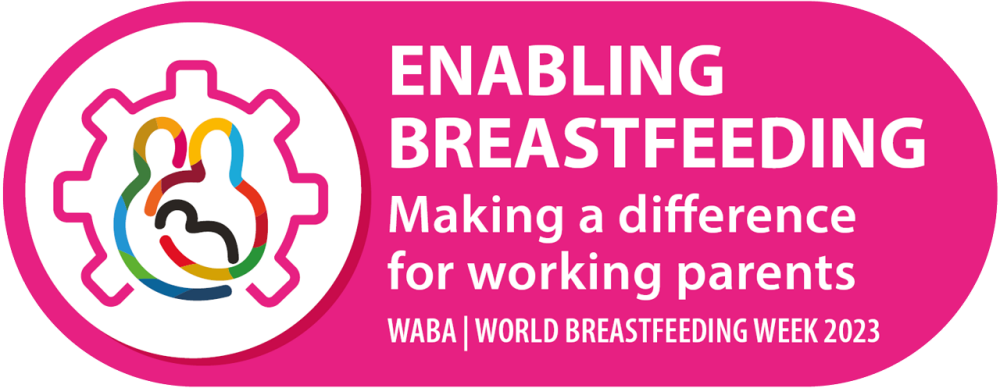
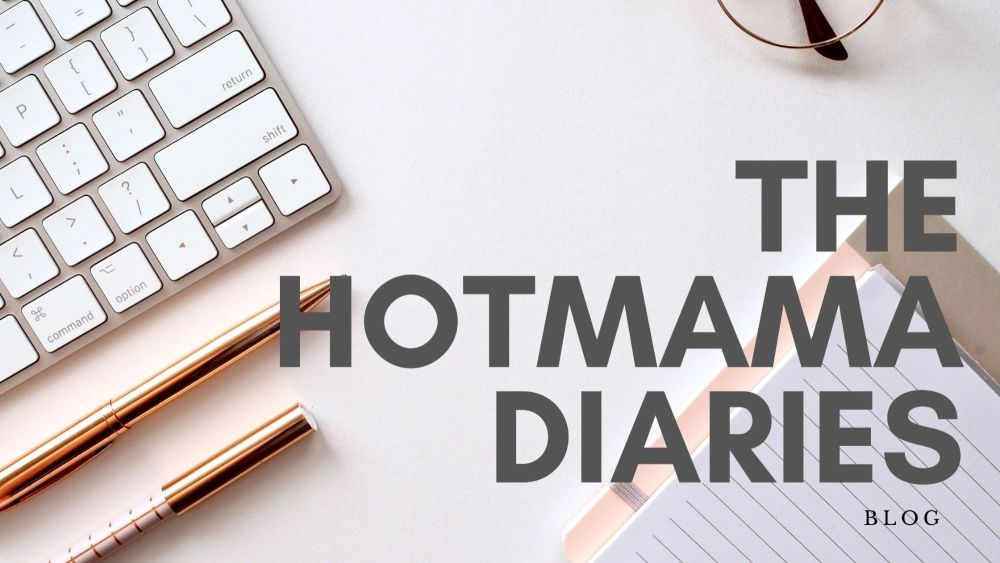
Everyone has a different experience of parenting and motherhood and there is no right or wrong path. The hotMaMa diaries is a place to read stories from other mothers and even share your own!
To be featured on the hotMaMa Diaries contact us an email to [email protected]
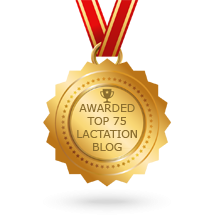
Posted on

Posted on
Burnout is not just something that be associated with your career, it can happen to any part of your life and it's also possible to feel burnt out from motherhood. Burnout is a state of emotional, physical, and mental exhaustion caused by prolonged stress and can affect anyone. Burnout can impact your mental health and lead to depression, anxiety disorders and other serious conditions. It is unfortunately incredibly common in teachers, but how do you tell if you're experiencing it? Here are five ways to tell if you might be experiencing burnout:
Beyond the tiredness of night feeds do you struggle getting out of bed in the morning? Chronic fatigue is one of the most common symptoms of burnout. It's not just about feeling sleepy; it's more like an overwhelming sense of exhaustion that doesn't go away even with rest. If your fatigue seems unrelated to any underlying medical condition like sleep apnea or chronic fatigue syndrome and has been ongoing for weeks or months despite sleeping well each night then it may be related with burnout and it might be worth talking to your GP.
Do things that once excited you now seem tedious? Have tasks become mundane even when they were previously interesting? A lack of motivation is another sign that could indicate an individual is experiencing burnouts.There are moments where we lose interest in activities we once enjoyed due various reasons but if this continues over time then something serious than mere boredom should be considered as a possibility.
Burnouts can disturb cognitive functions which leads us find concentration challenging.Even simple tasks require more effort,distractibility increases resulting in difficulty focusing on work.This often leads decreased productivity which further aggravates our mood.The brain finds itself unable comprehend information at the same pace as before which leads to frustration and agitation.
Burnouts affect our behavior patterns leading us to have mood swings.We may find ourselves becoming more irritable,angry and anxious even when the situation does not warrant it.There are also instances of feeling down or depressed due to a lack of interest in daily activities that once brought joy leading us down a path of negativity.
Over time, burnout can lead individuals become detached. This means that they feel disconnected from projects they once enjoyed or relatioships with which they previously valued and this can lead to feelings of isolation.
If you're noticing any combination of these symptoms,it could be time take a step back and assess your mental health.Taking breaks, self-care routines such as exercise, meditation or therapy can help turn around the effects caused by burnout. A healthy body needs both physical and mental well-being so if you suspect something isn't right seek assistance immediately.Speak with family, friends, your partner or a professional who will support on this journey towards betterment .Don't let burnout rob you of your life x
Posted on
While milestones can be a useful guide for what to expect during the first year, every baby is completely different so they're not an exhaustive list of what "should" be happening for your baby at specific times. They can be helpful to know roughly what to expect and when and remember you can always chat to your health visitor, childrens' center or GP if you're concerned. Milestones often take the form of physical milestones as well as cognitive and social milestones.
1 Month:
- Responds to sound
- Can briefly lift head, often to help find a breast to latch on and feed
- Can recognise your voice
2 Months:
- Begins to smile
- Can follow a moving object with their eyes
- Can make cooing sounds
3 Months:
- Can hold head up for longer periods
- Has discovered their hands and can grasp and shake toys
- Begins babbling
4 Months:
- Some babies may start to roll over, although this can come later for other babies too
- Begins putting hands in mouth
- Begins to laugh
5 Months:
- Can sit with support
- Begins to show object permanence
- Begins to imitate sounds
6 Months:
- Can sit without support
- Begins teething
- Begins to recognize faces
7 Months:
- Begins to crawl
- Can pass objects from one hand to the other
- Begins to understand "no"
8 Months:
- Begins pulling themselves up to stand
- Starts to develop separation anxiety
- Can say simple words like "mama" or "dada"
9 Months:
- Begins to "cruise" along furniture
- Understands object permanence
- Begins to point at objects
10 Months:
- Can walk with support
- Begins to develop pincer grasp
- Starts to wave goodbye
11 Months:
- Starts to stand unassisted
- Begins to develop sense of humor
- Begins to understand cause and effect
12 Months:
- May begin taking a few steps unaided
- Begins to use simple gestures like waving
- Starts to say simple phrases like "bye-bye"
Posted on
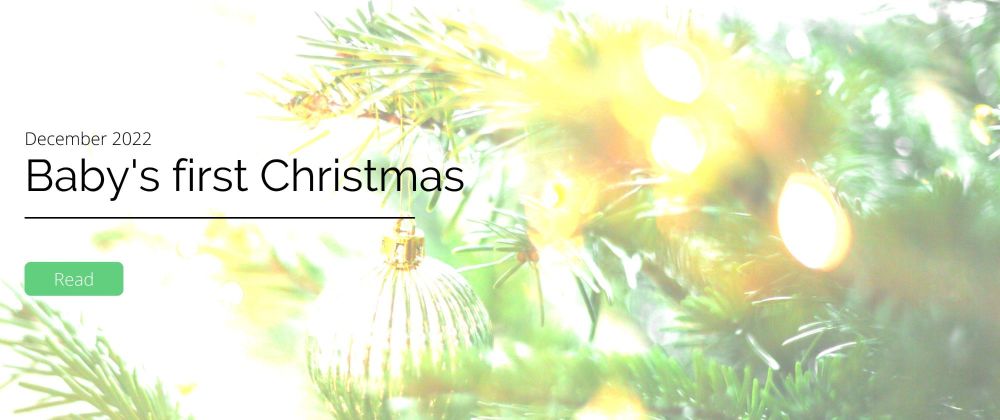
Posted on
Christmas shopping has ramped up in the last couple of weeks, I'm posting our your orders as usual throughout December. If you're ordering something you'd like before Christmas then have a look at the last post dates below. Please note these are guidelines, once I've passed on your order to Royal Mail I can't control the speed of delivery and it is possible there may still be some delays (Royal Mail has been particularly overwhelmed this year). I always appreciate all of your support, regardless of the time of year so if you are thinking of buying something as a gift then please order earlier to make sure your parcel is with you in good time.
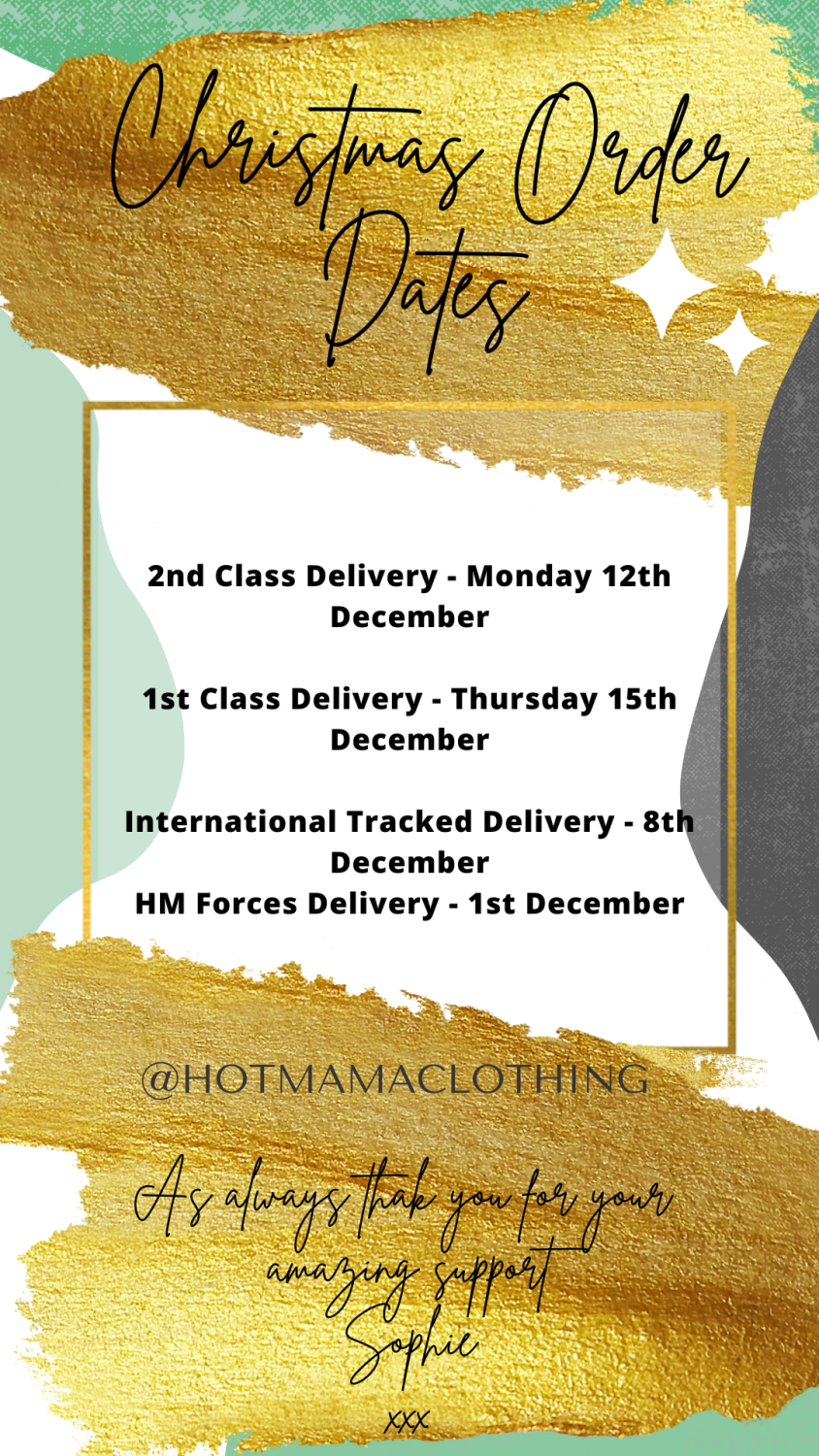
Posted on
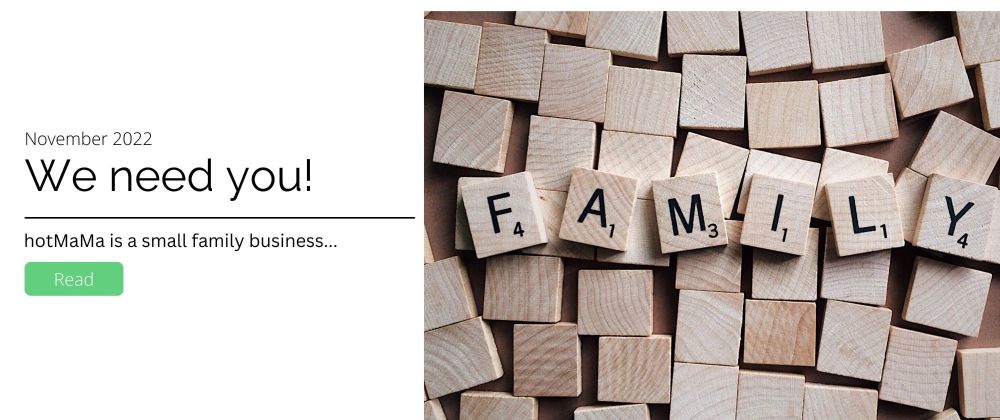
Would you like to join our family?
hotMaMa is a small family business but we're looking to add to our team! We would love breastfeeding mums just like yout to become brand reps who can work with us from now until January 31st 2023 🌈
What you'll get
🌟A substantial personal discount code, perfect if you're looking to buy for yourself or get started with your Christmas shopping!
🌟A discount code for you to pass on to friends and family
What we need from you
🌟 A genuine love for our products, particularly our range of breastfeeding clothes
🌟A willingness to support us and engage with us on social media (by liking and/or commenting on our posts)
🌟To take clear photographs of yourself wearing our products and share these on your social media regularly
🌟To allow us to use your photos for our website, social media and marketing
Interested?
Drop us an email to [email protected]
Let us know your social media handles and why you'd like to work with us. The number of followers you have is not important, we want to work with people who are genuinely interested in supporting a small family business and can take good quality photos.
Applications will close on Friday the 4th November and successful applicants will be contacted and announced shortly after.
T&C’s
Public accounts only
Brand Reps and discount codes will run to the end of January 2023
Please only apply if you are not already an ambassador or rep for a similar companies
Entries must be 18 years of age or older.